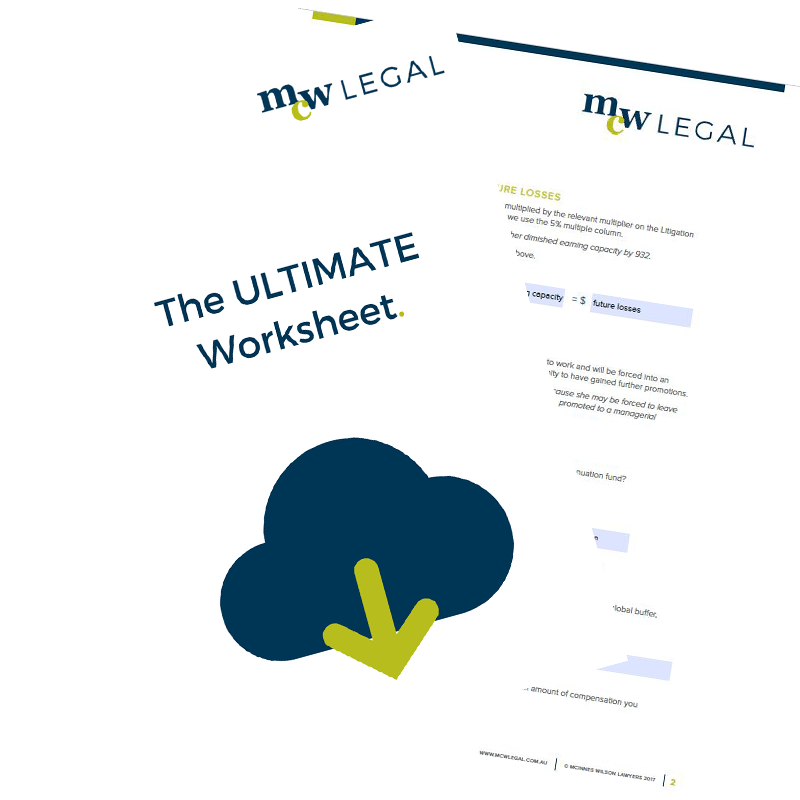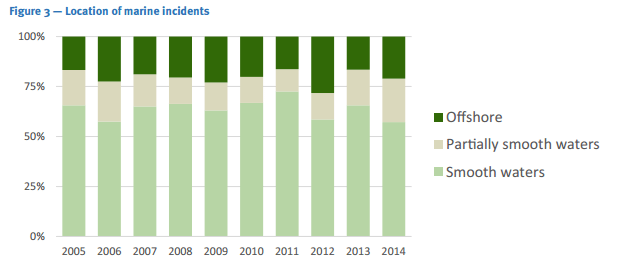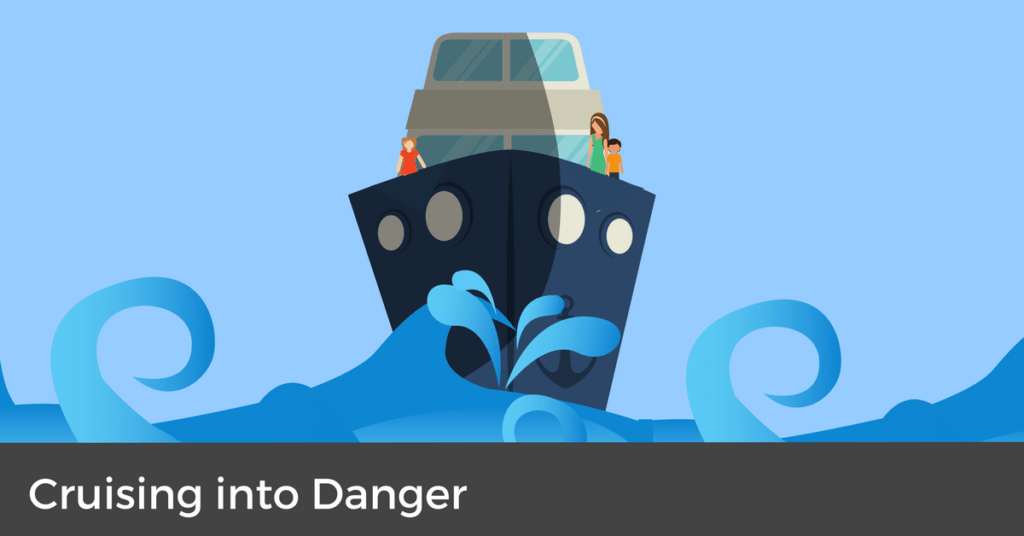It’s a favourite Australian past time for many, cruising our abundant waterways to marvel at the Australian landscape and wildlife. Usually, cruising our waters goes without a hitch and is a lovely day out for many Australians and tourists. However, the water can be a dangerous place even for the most skilled captains, as Jess and her family soon discovered...
The Facts
(Lormine Pty Limited & Anor -v- Xuereb [2006])
It was a sunny morning in November when Jess and her husband took their three kids on a dolphin watching cruise in Forster, NSW. They were promised the cruise would visit a unique pod of resident dolphins, which reside in the calm ocean waters 10 minutes offshore. Jess and her family boarded the boat. The Captain handed Jess a form and asked her to tick the number of guests in their group and sign at the bottom to waive the operation of its liability surround ‘diving and scuba related activities’. The boat travelled out to the pack of dolphins and moored in what was described as the ‘wave zone’ to allow passengers to snorkel. The captain of the boat invited those not snorkelling to sit on the bow of the boat to view the dolphins whilst he assisted the other passengers with their preparations to enter the water and swim with the dolphins. Whilst Jess was sitting on the bow of the boat with her daughter, a large wave crashed over the bow of the boat. Jess was thrown to the back of the boat and was seriously injured. She suffered:
- a fracture to her right kneecap;
- a fracture to her right rib;
- an injured left hip;
- an injured right ankle and foot; and
- ongoing depressive mood.
Consistent pain from her injuries crippled Jess, forcing her to reduce her hours at her job. Eventually, she decided to raise a claim against the boat owner and the captain to replace her lost income and superannuation.

Don't read this unless...
You are wondering how the Courts calculate compensation, download this free 'Economic Loss Worksheet'. Discover the simple calculations that will estimate the value of any compensation claim in 10 minutes.

The Initial Judgement
There were two contested issues at trial.
- Jess signed a waiver upon boarding the boat that the boat owner claimed excluded them from liability.
- The trial judge had to determine whether the Captain owed Jess a duty of care
Waiver
The captain and boat owner tried to avoid liability by claiming that Jess signed a waiver stating they were exempted from responsibility for Jess’ decision to move to the front of the boat. Jess argued that the waiver wasn’t fully explained to her and that she thought its purpose was simply for determining passenger numbers. The trial judge agreed with Jess, saying the waiver was…
“So ambiguous both in its overall context and standing alone that I am unable to interpret it as a release of claims for injury stemming from sightseeing”.
“The waiver was also not appropriately explained to [Jess] and therefore cannot exclude liability”.
Captains Duty of Care
The trial judge then dealt with the claim of negligence. Judge Ashford found that the captain was indeed negligent as he failed to keep a proper look out for waves being that he stopped in the ‘wave zone’. He, therefore, exposed the passengers to a greater risk that the boat would collide with a wave and should have acted accordingly. The trial judge held that: “The defendant should have taken precautions by removing passengers from the bow of the vessel whilst in close proximity to the wave zone and/or removing the vessel from that area”. The judge awarded Jess $171,548 for her lost income, pain and suffering and limited future earning capacity.

Don't read this unless...
You are wondering how the Courts calculate compensation, download this free 'Economic Loss Worksheet'. Discover the simple calculations that will estimate the value of any compensation claim in 10 minutes.
The Appeal
This case was appealed by the boat owners to the Supreme Court. They claimed that the trial judge had awarded Jess too much for her limited future earning capacity. They stated that no evidence was presented to substantiate that Jess lost $100 per week in income as a result of the injuries sustained in the accident. Jess had simply supplied a rounded figure of her gross income each year following the accident, which showed her annual income falling each year. And the appeal judge agreed with the boat owners. Jess had not provided evidence to support her claims. The appeal judge said...
“The trial judge gained no assistance from a schedule of tax returns that detailed business income, expenses and net income but offered no breakdown of expenses; and where the amounts varied without apparent explanation” “Assessments for past and future loss were not substantiated by the tax returns or the evidence. They were nothing more than round figures claimed on the plaintiff's behalf.”
Jess’ compensation was reduced by over 50% to $64,720.
MCW Legal’s Opinion
This case is very interesting as it sees two points drawn from it. Firstly, that waivers do not exclude an organisations duty of care, particularly if:
- It isn’t explained properly or fully; and
- Its clauses aren’t clear.
This case also presents a clear lesson to claimants – evidence is critical! Jess lost half of her awarded compensation because she failed to provide proof to support her rounded figures. She, therefore, could not show that she lost income as a result of her injuries. By simply providing your mathematical calculations (like the ones outlined in the Future Economic Worksheet available below), Jess may have been able to keep her full compensation.

Don't read this unless...
You are wondering how the Courts calculate compensation, download this free 'Economic Loss Worksheet'. Discover the simple calculations that will estimate the value of any compensation claim in 10 minutes.
The Consequences
As you can see from this case, the court is willing to make a judgement in favour of claimants who have been injured due to boat operators’ negligence, even if you have signed a waiver to say that you board the boat at your own risk. It also again highlights that evident is paramount. Jess’ case isn’t the first to fall down due to a lack of evidence and it certainly won't be the last. Don't make the same mistake Jess did.
Written by Gemma Corles


